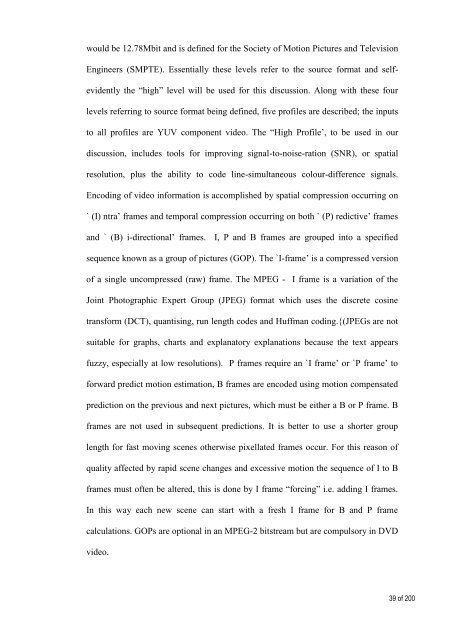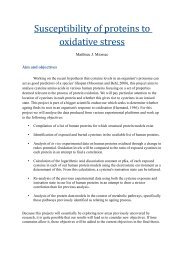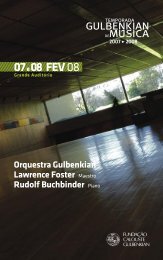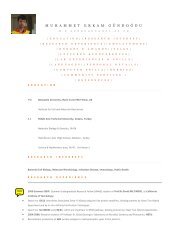Retinal Prosthesis Dissertation - Student Home Pages
Retinal Prosthesis Dissertation - Student Home Pages
Retinal Prosthesis Dissertation - Student Home Pages
Create successful ePaper yourself
Turn your PDF publications into a flip-book with our unique Google optimized e-Paper software.
would be 12.78Mbit and is defined for the Society of Motion Pictures and Television<br />
Engineers (SMPTE). Essentially these levels refer to the source format and selfevidently<br />
the “high” level will be used for this discussion. Along with these four<br />
levels referring to source format being defined, five profiles are described; the inputs<br />
to all profiles are YUV component video. The “High Profile’, to be used in our<br />
discussion, includes tools for improving signal-to-noise-ration (SNR), or spatial<br />
resolution, plus the ability to code line-simultaneous colour-difference signals.<br />
Encoding of video information is accomplished by spatial compression occurring on<br />
` (I) ntra’ frames and temporal compression occurring on both ` (P) redictive’ frames<br />
and ` (B) i-directional’ frames. I, P and B frames are grouped into a specified<br />
sequence known as a group of pictures (GOP). The `I-frame’ is a compressed version<br />
of a single uncompressed (raw) frame. The MPEG - I frame is a variation of the<br />
Joint Photographic Expert Group (JPEG) format which uses the discrete cosine<br />
transform (DCT), quantising, run length codes and Huffman coding.{(JPEGs are not<br />
suitable for graphs, charts and explanatory explanations because the text appears<br />
fuzzy, especially at low resolutions). P frames require an `I frame’ or `P frame’ to<br />
forward predict motion estimation, B frames are encoded using motion compensated<br />
prediction on the previous and next pictures, which must be either a B or P frame. B<br />
frames are not used in subsequent predictions. It is better to use a shorter group<br />
length for fast moving scenes otherwise pixellated frames occur. For this reason of<br />
quality affected by rapid scene changes and excessive motion the sequence of I to B<br />
frames must often be altered, this is done by I frame “forcing” i.e. adding I frames.<br />
In this way each new scene can start with a fresh I frame for B and P frame<br />
calculations. GOPs are optional in an MPEG-2 bitstream but are compulsory in DVD<br />
video.<br />
39 of 200
















